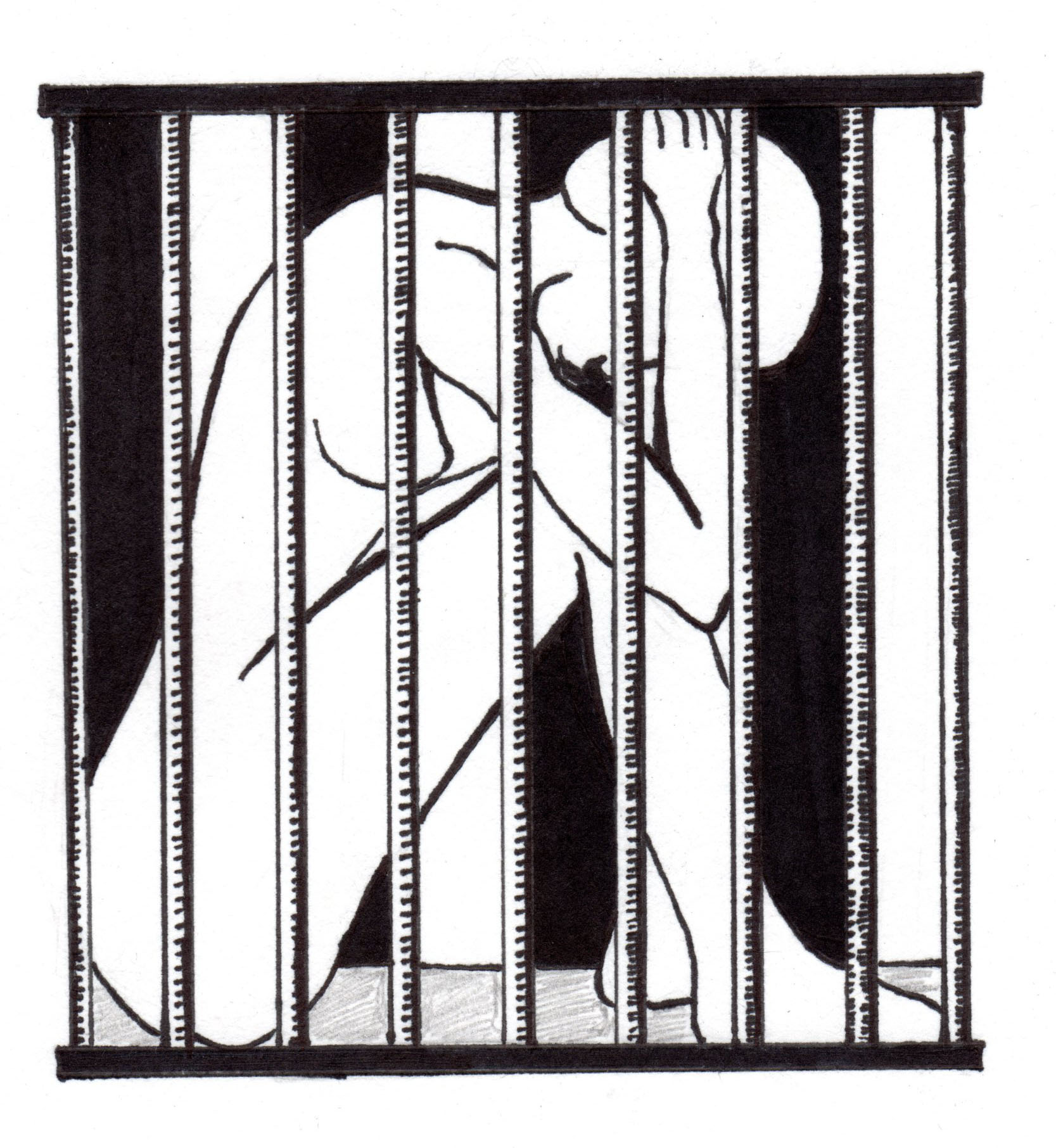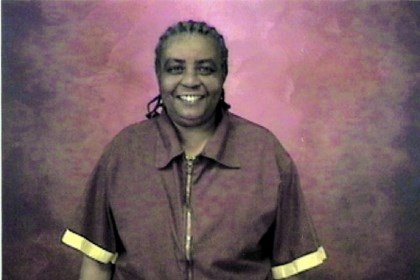
Disturbing reports came out this week that show that children, overwhelmingly children living with disabilities, are kept in solitary confinement across the United States. In some places, the rooms are called “seclusion rooms” and, in other places, “scream rooms.” Call them what they are: solitary confinement, the hole, torture chambers.
Torture is not too grand or extreme a description. Children have committed suicide in these rooms, in schools like the ones around the corner from you. Children have come home with injuries which needed surgery. Often, staff caused these injuries. Across the country, children, and their parents, live with symptoms of posttraumatic stress disorder. The list goes on.
This is part of a national war on children. The incarceration and torture of children in schools occurs at a time when girls are being sent to jail for status offenses while boys are not. Taken together, this is the national policy of protection for children, for children with special needs, and for girls. And if you’re a girl with special needs, you’re in trouble. We have traveled far, and quickly, from the days of “suffer little children, and forbid them not, to come unto me: for of such is the kingdom of heaven.”
At the national level, the only shock here are the numbers, which are assumed to be lower than the actual incidences, and the shock, the fact that, despite report after report after report after report, each report is `surprising’. Amnesia has always been the alibi for the citizens of the Torture State. It allows us to forget that our elected representatives killed legislation that would end the policy of school-based solitary confinement. It allows us to forget that some places in the country, like Montgomery County, Virginia, have done away seclusion rooms and replaced them with healthier, more reliable systems that actually work. It allows us to forget both evidence and hope.
So as not to forget, here’s a story, taken from a US Senate staff report issued this past February. The report finds such cases occur across the country. Minnesota is an instance, not an exception:
“Minnesota: In January 2004, an eight-year-old girl began attending Jefferson Elementary School in the Willmar Public School District. Her mother described her as a `little girl who loved to go to school, even though the child had been diagnosed with a communication disorder and designated as developmentally delayed with speech and language impairment at age three.
“Since kindergarten, the girl’s IEP had included a behavioral intervention plan that authorized the use of restraints and seclusions when she exhibited certain behaviors. Eventually, the school district and her mother had the child assessed by an outside evaluator, who did not recommend the use of restraints or seclusions. However, the techniques remained in the girl’s behavioral intervention plan during the 2005 to 2006 school year. The mother said she had agreed to the use of seclusion, in an area the school called a `quiet room,’ only if necessary. However, some reports indicate the girl’s teacher secluded her forty-four times in one school year.102 The girl’s mother also said the teacher made the child sit at a `thinking desk’ perfectly still for thirty minutes straight and demeaned and belittled the child when she could not hold this posture. If the girl fidgeted or made any noise, her teacher would yell at her and sometimes put her into restraints, including a prone hold.103 During one incident in April 2006, the teacher forced the girl into the seclusion room while she was on her way to the bathroom, causing the child to urinate on herself.
“Aides reported that the teacher’s classroom, which was somewhat hidden in the basement of Jefferson, was `more a punishment/torture area than a classroom,’ and `run very much like a secret room that you are not supposed to talk about.’”
Suffer the children for of such is the kingdom of heaven.
(Image Credit: Ward Zwart / New York Times)


